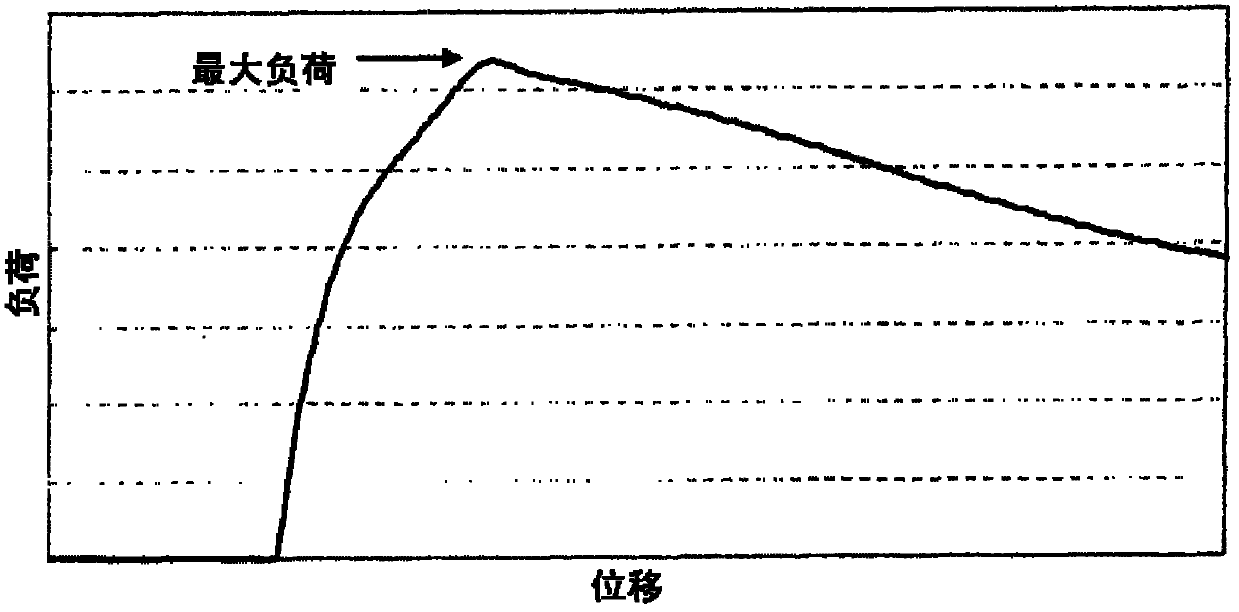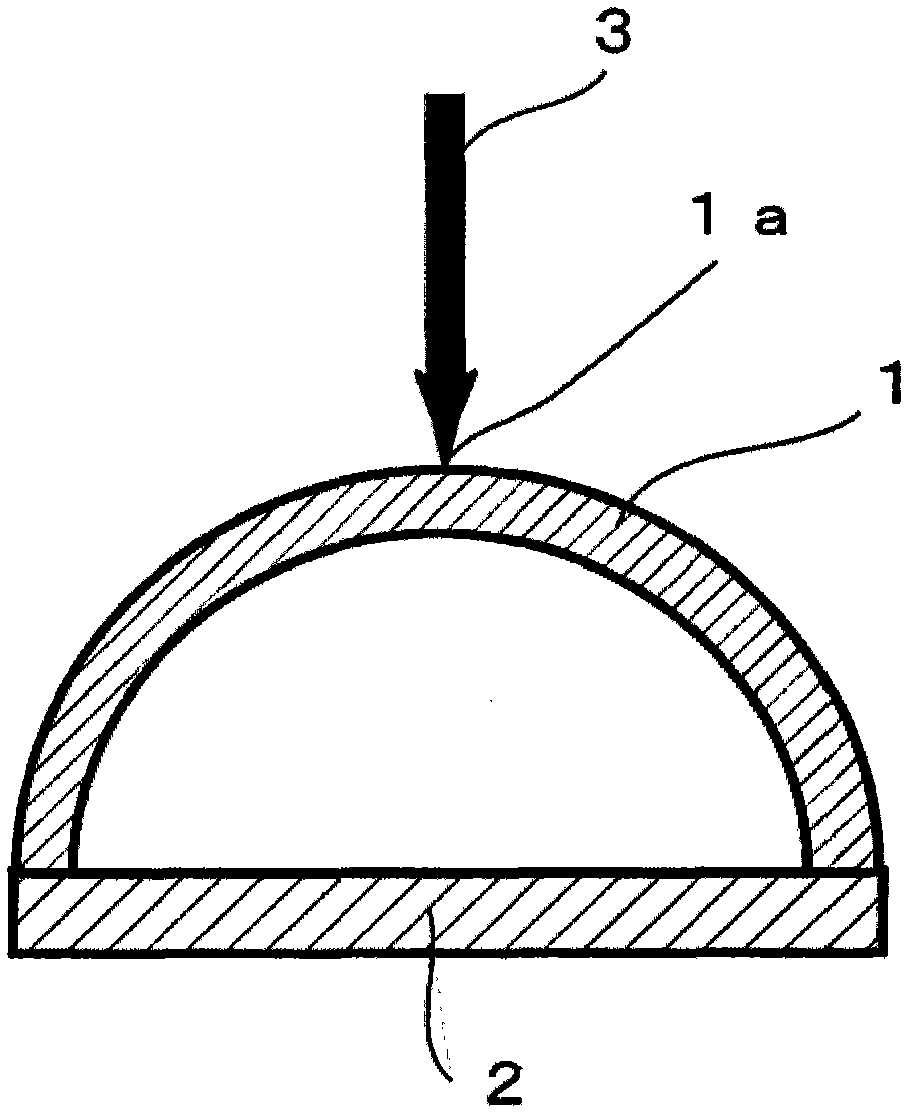Positive electrode for nonaqueous electrolyte secondary battery and nonaqueous electrolyte secondary battery using the same
A non-aqueous electrolyte and secondary battery technology, which is applied in the direction of non-aqueous electrolyte battery electrodes, non-aqueous electrolyte batteries, secondary batteries, etc., can solve the problems of low capacity, lithium salt addition, and no improvement in the flexibility of the positive electrode. Reliability and productivity, suppression of cracking or peeling, effects of good charge-discharge cycle characteristics
- Summary
- Abstract
- Description
- Claims
- Application Information
AI Technical Summary
Problems solved by technology
Method used
Image
Examples
Embodiment 1
[0068] Positive electrode production
[0069] LiNi as the positive active material 0.80 co 0.15 al 0.05 o 2 (BET specific surface area: 0.27m 2 / g, average particle size (D50): 15.2μm), acetylene black (AB) as a conductive agent, and polyvinylidene fluoride (PVDF) as a binder, and N-methyl-2- as a solvent Pyrrolidone (NMP) was mixed together. Then, as an electrolyte, further added dissolved LiN(SO 2 CF 3 ) 2 NMP solution and stirred to make positive electrode slurry. The weight ratio of the positive electrode active material, conductive agent, binder, and electrolyte in the positive electrode slurry was adjusted to 94:2.5:2.5:1. 1.1 parts by weight of the electrolyte was contained with respect to 100 parts by weight of the positive electrode active material.
[0070] The prepared slurry was coated on both sides of an aluminum foil, dried, and then rolled to obtain a positive electrode. The packing density of the positive electrode is 3.3g / cm 3 .
[0071] Evalu...
Embodiment 2
[0090] As electrolyte, LiN(SO 2 C 2 f 5 ) 2 , except that a positive electrode was produced in the same manner as in Example 1, and a test battery was produced using the positive electrode. The positive electrode and the test battery were evaluated in the same manner as in Example 1, and the evaluation results are shown in Tables 1 and 2.
Embodiment 3
[0092] A positive electrode was produced in the same manner as in Example 1 except that the lithium salt represented by the above formula (5) was used as the electrolyte, and a test battery was produced using the positive electrode. The positive electrode and the test battery were evaluated in the same manner as in Example 1, and the evaluation results are shown in Tables 1 and 2.
PUM
| Property | Measurement | Unit |
|---|---|---|
| density | aaaaa | aaaaa |
| density | aaaaa | aaaaa |
Abstract
Description
Claims
Application Information
 Login to View More
Login to View More - R&D
- Intellectual Property
- Life Sciences
- Materials
- Tech Scout
- Unparalleled Data Quality
- Higher Quality Content
- 60% Fewer Hallucinations
Browse by: Latest US Patents, China's latest patents, Technical Efficacy Thesaurus, Application Domain, Technology Topic, Popular Technical Reports.
© 2025 PatSnap. All rights reserved.Legal|Privacy policy|Modern Slavery Act Transparency Statement|Sitemap|About US| Contact US: help@patsnap.com



